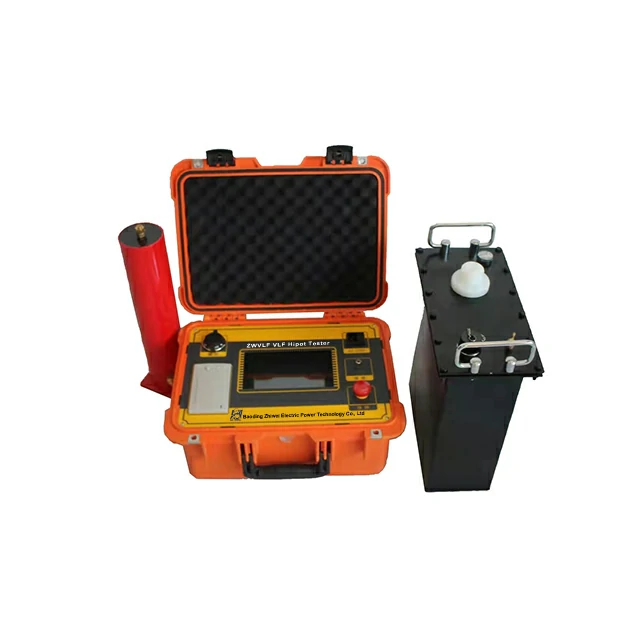The results of VLF (Very Low Frequency) tester tests can be recorded and analyzed using various methods and tools to facilitate interpretation and decision-making.
Here’s how you can record and analyze VLF tester results:
- Data Logging: Many modern VLF testers come equipped with data logging capabilities that allow you to record test parameters, measurements, and test duration automatically. The recorded data can be saved internally on the tester or exported to external storage devices for further analysis.
- Test Reports: Generate test reports directly from the VLF tester or associated software, summarizing key test parameters, test results, and any abnormalities observed during testing. These reports can be stored electronically or in hard copy format for future reference and analysis.
- Software Analysis Tools: Utilize specialized software tools designed for analyzing VLF test data. These software programs often offer advanced data visualization, trend analysis, statistical analysis, and reporting features to help identify patterns, trends, and anomalies in test results.
- Graphical Representation: Plot test data on graphs or charts to visualize trends and patterns over time. Graphical representation can help identify abnormalities or deviations from expected behavior, such as voltage breakdown events, waveform distortions, or voltage trends during ramp-up and hold phases.
- Comparative Analysis: Compare test results from multiple VLF tests conducted at different times or on different equipment. Identifying changes or trends in test results over time can provide insights into the condition of the insulation system and help assess the effectiveness of maintenance interventions.
- Threshold Monitoring: Establish threshold limits or criteria for acceptable test results based on industry standards, manufacturer recommendations, vlf tester or historical data. Monitor test results against these thresholds to identify deviations or exceedances that may indicate potential issues with the insulation system.
- Integration with Asset Management Systems: Integrate VLF test data with asset management systems or condition monitoring platforms for centralized data storage, analysis, and reporting. This allows for seamless integration of VLF test results with other diagnostic tests and operational data for comprehensive asset management and decision support.
- Expert Interpretation: Consult with experts or specialists in insulation testing and diagnostics to interpret VLF test results accurately. Experienced professionals can provide valuable insights, recommendations, and interpretations based on their expertise and knowledge of industry best practices.
By recording and analyzing VLF tester results using these methods and tools, you can gain valuable insights into the condition of insulation systems, identify potential issues or anomalies, and make informed decisions regarding maintenance, repair, or replacement strategies to ensure the reliability and safety of electrical assets.
